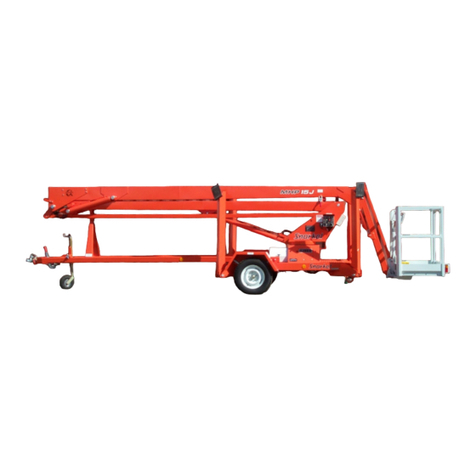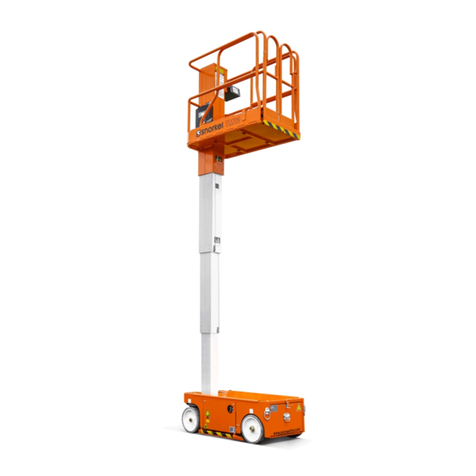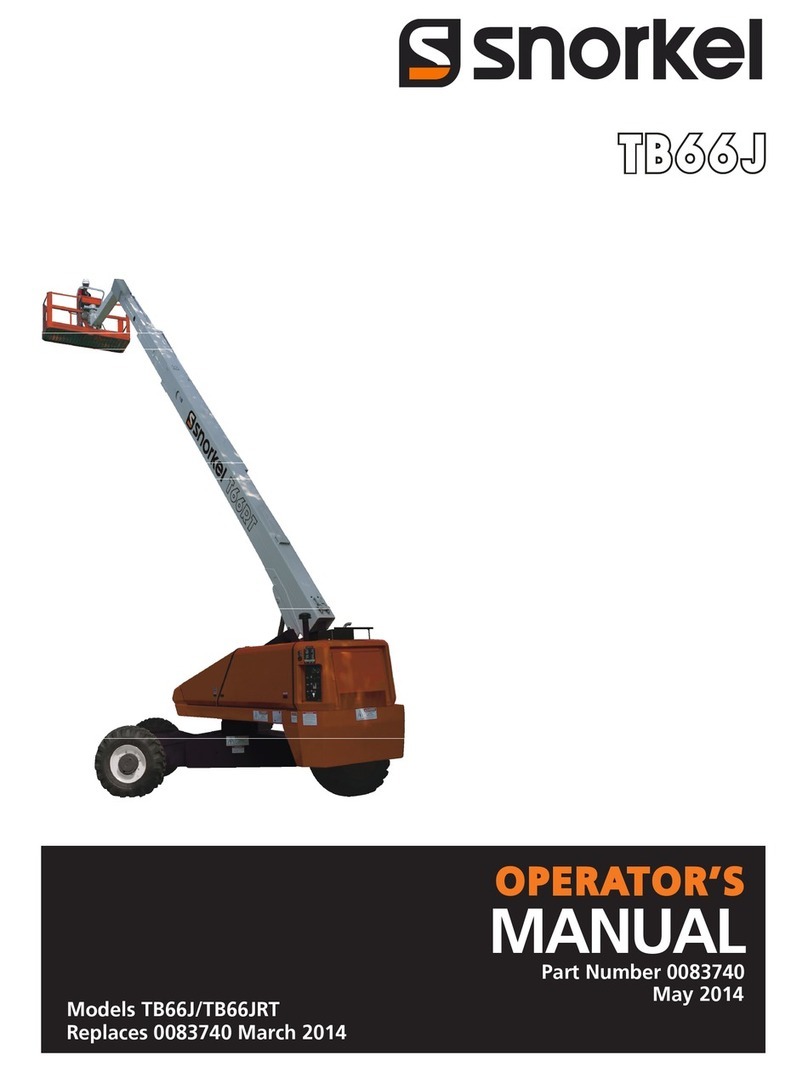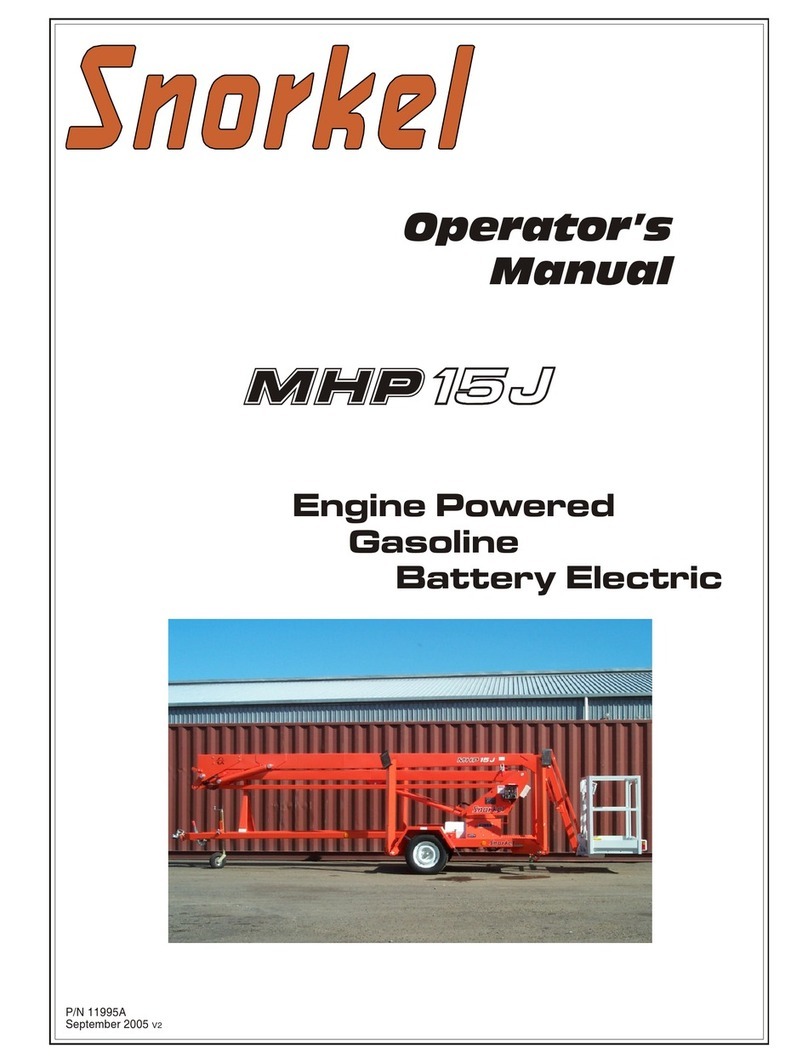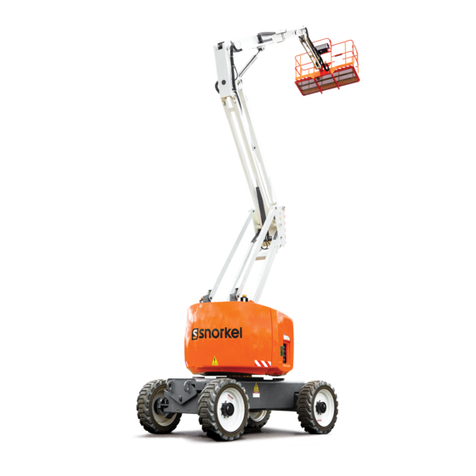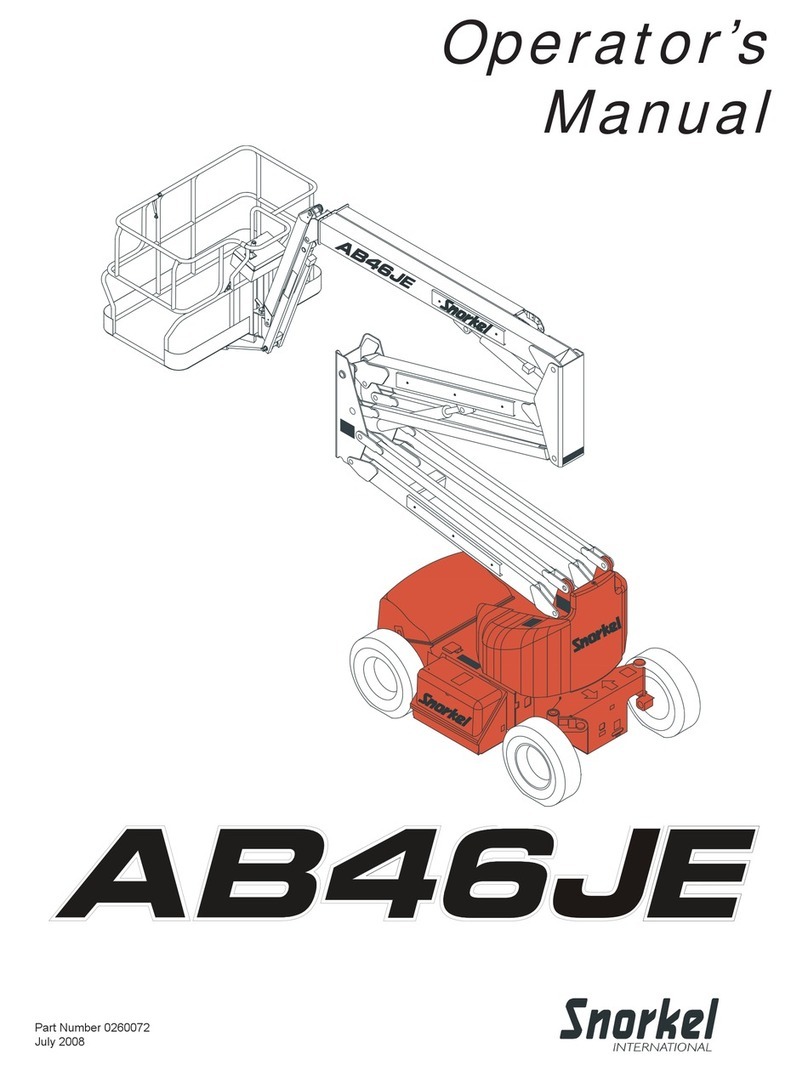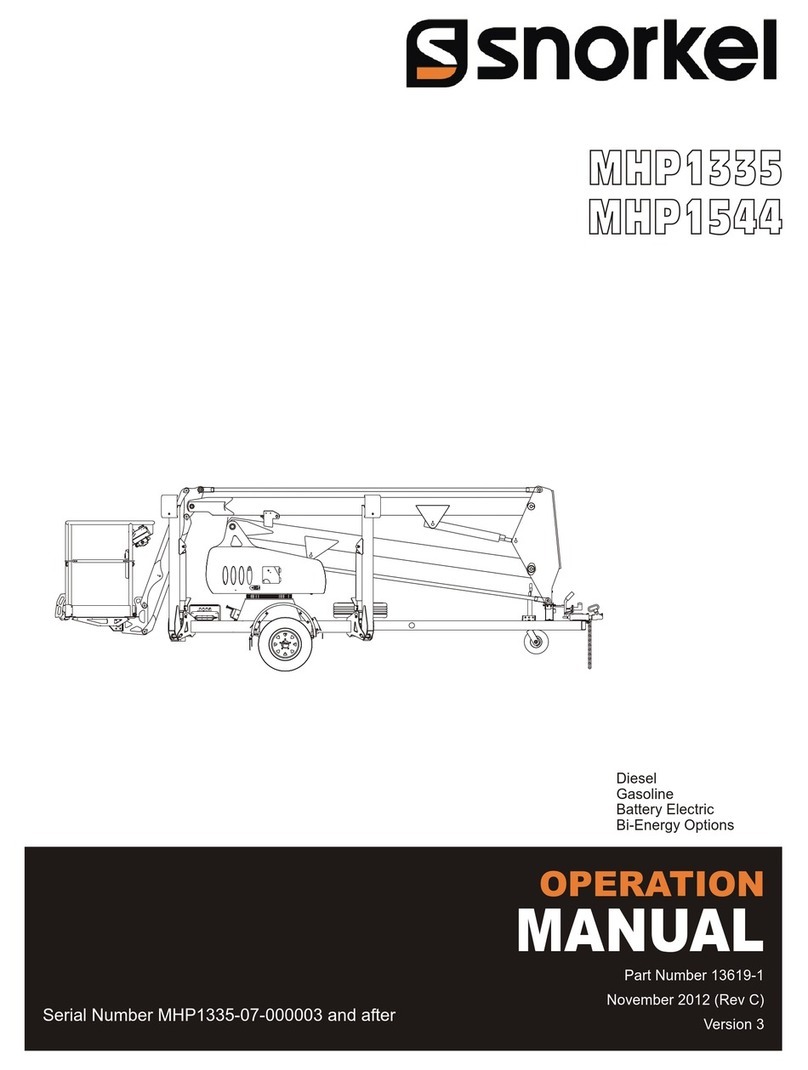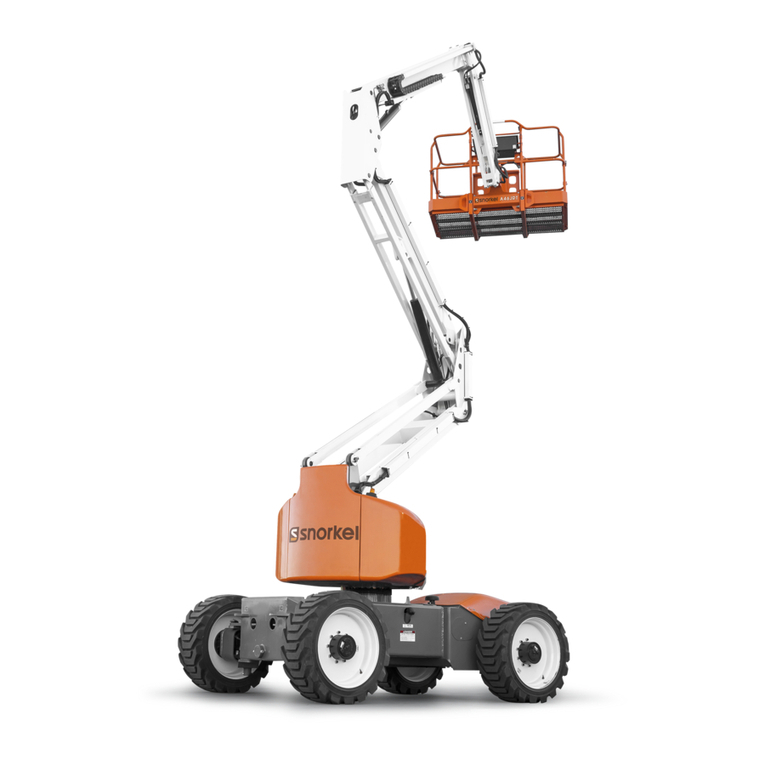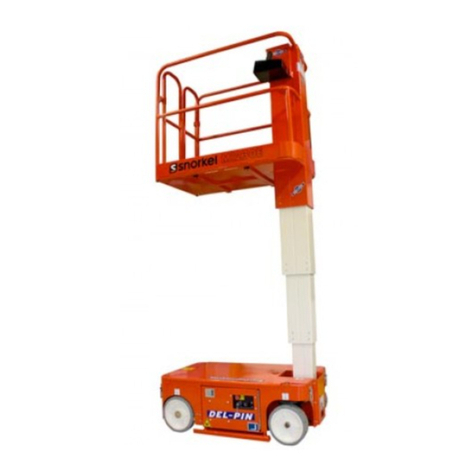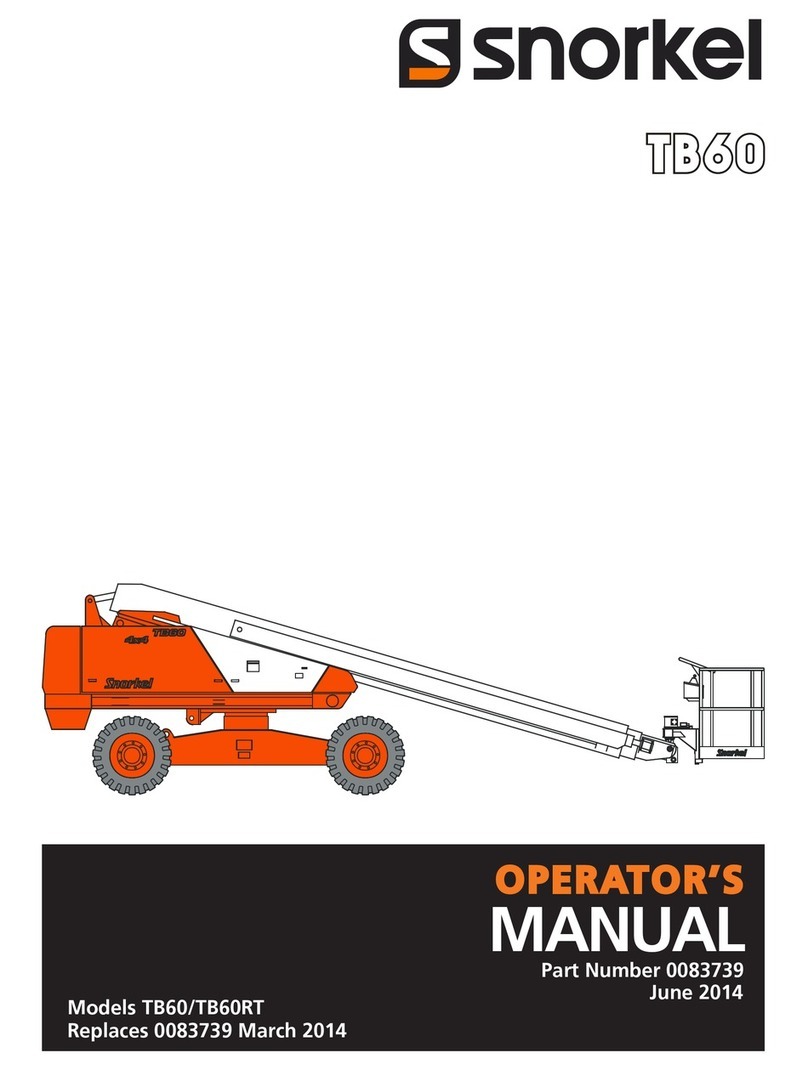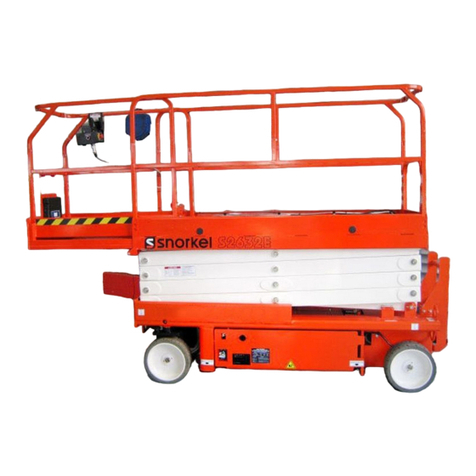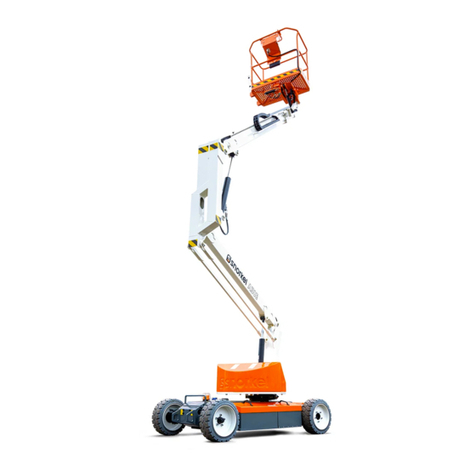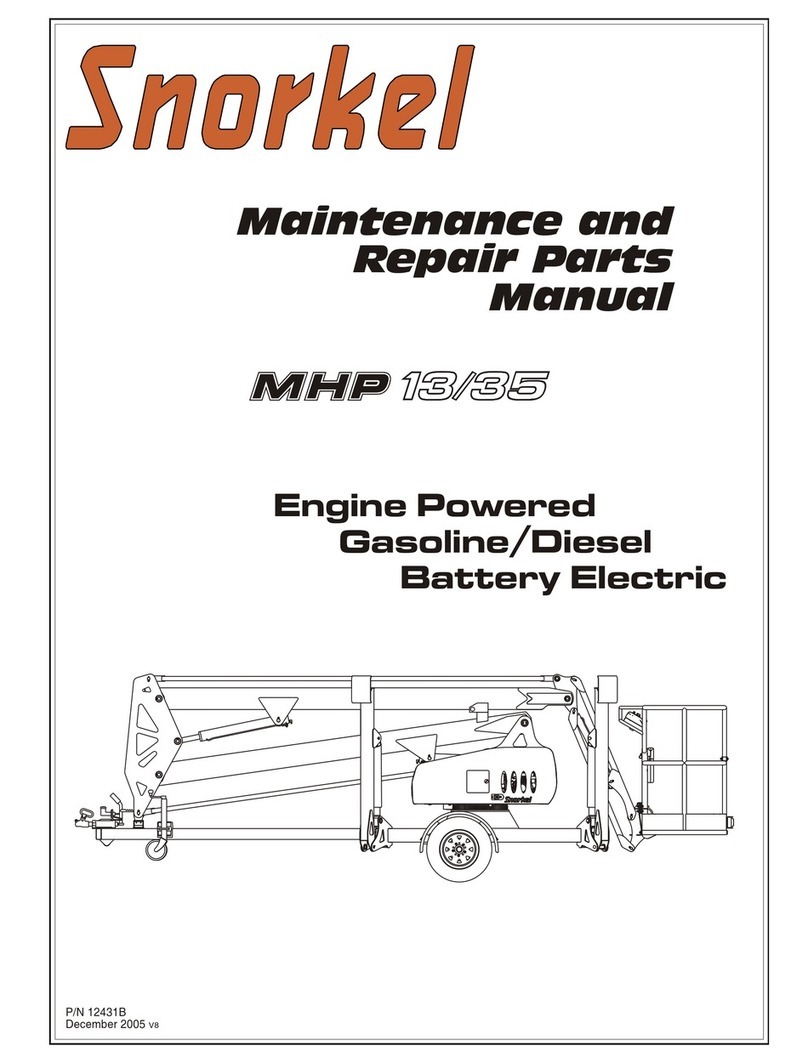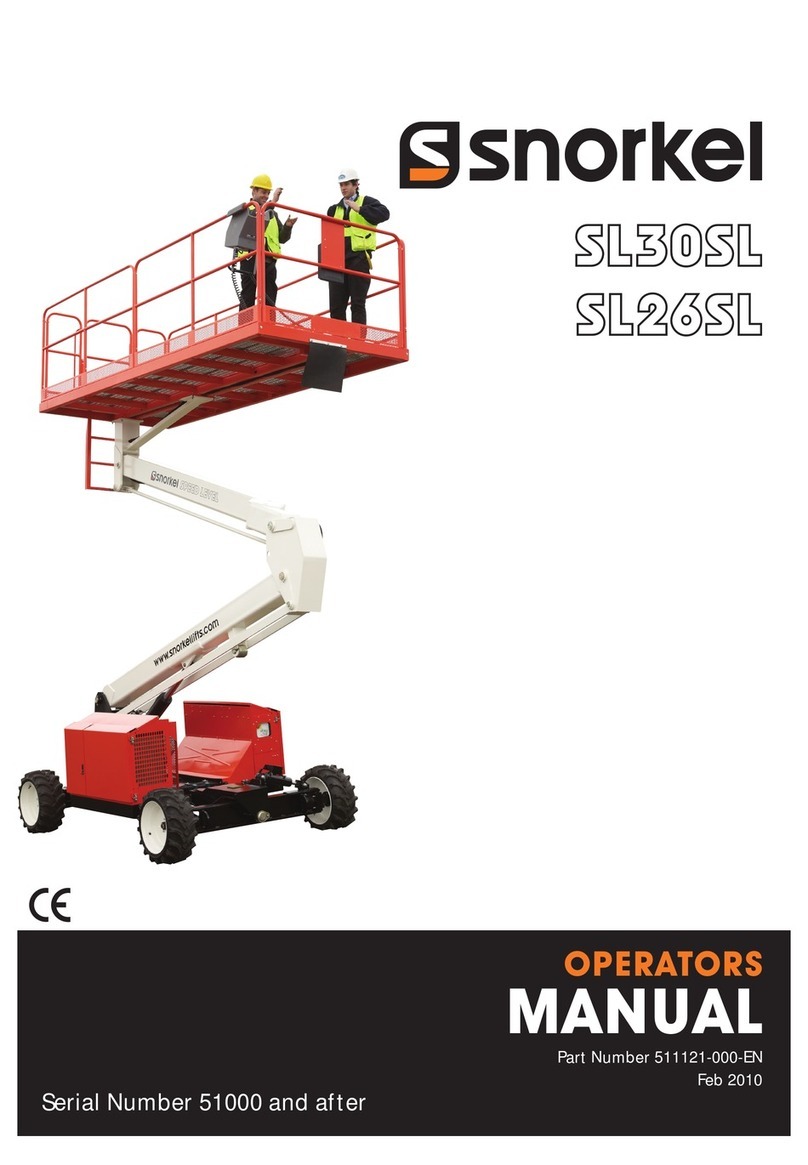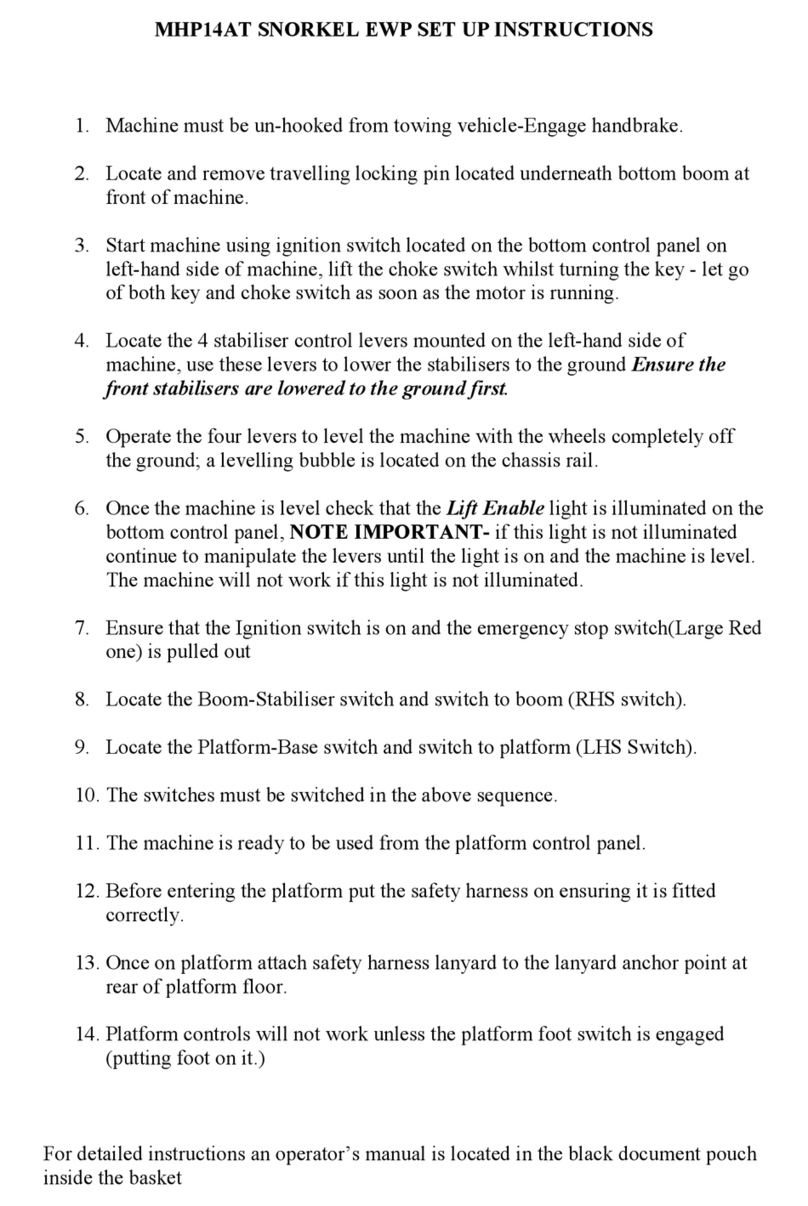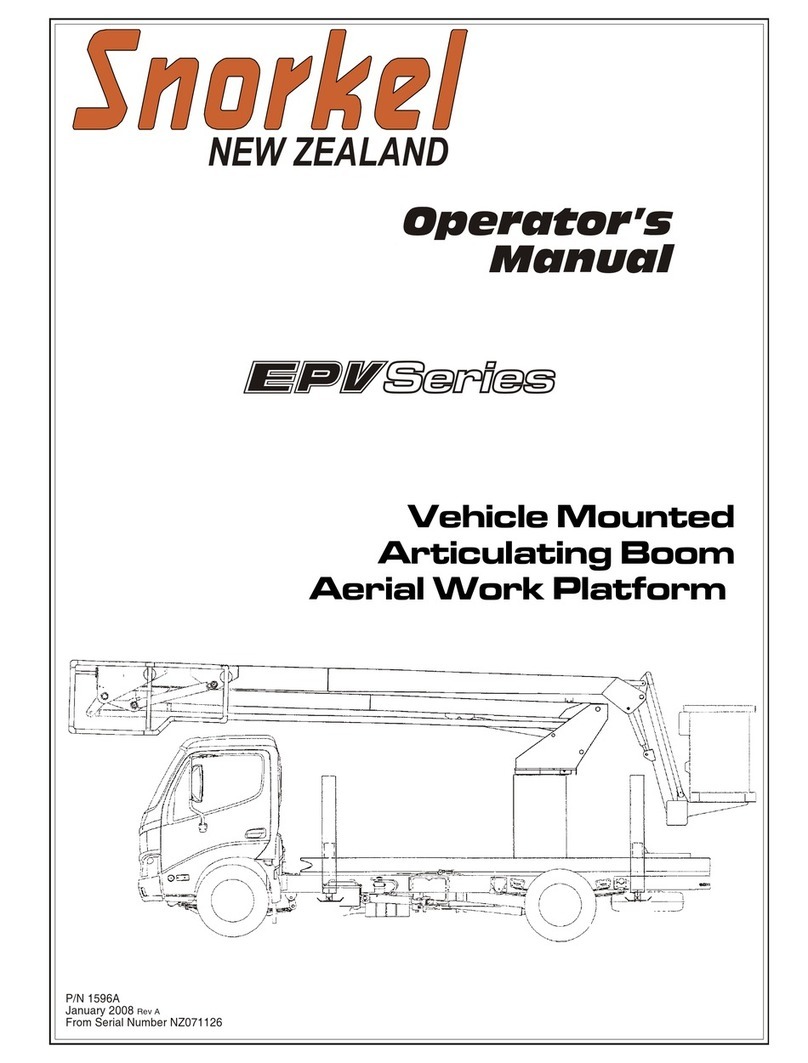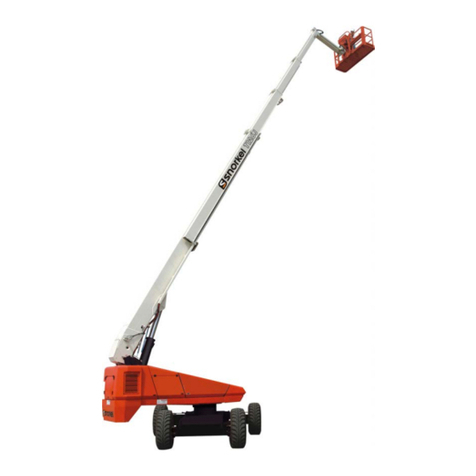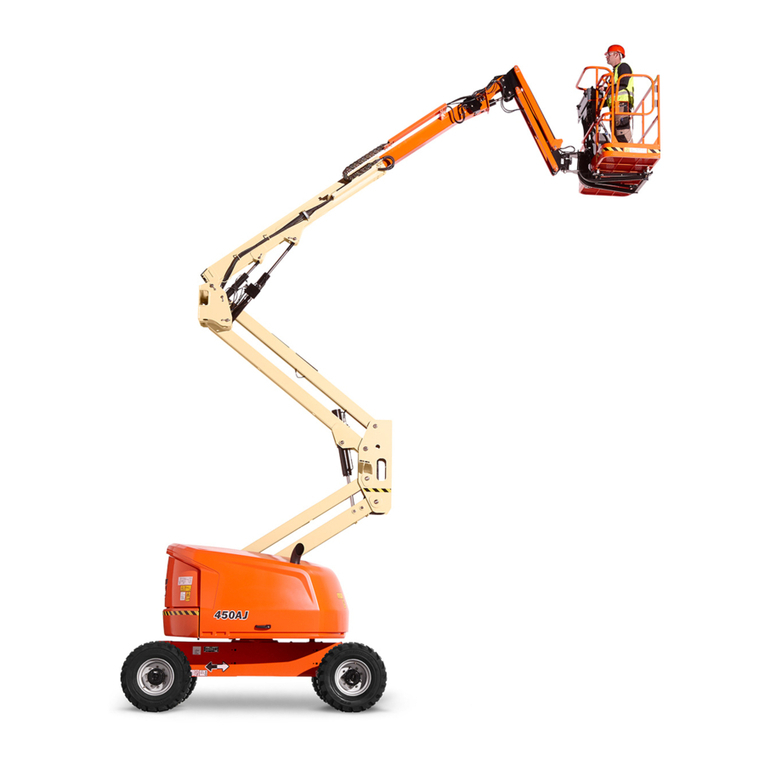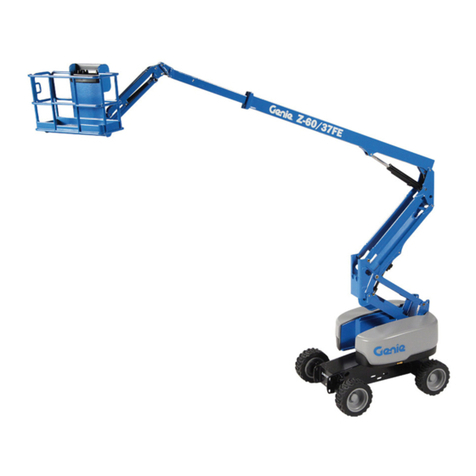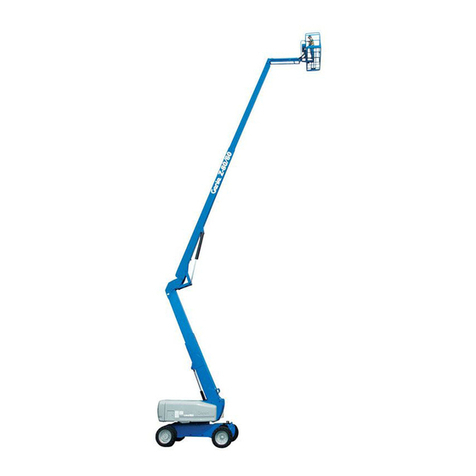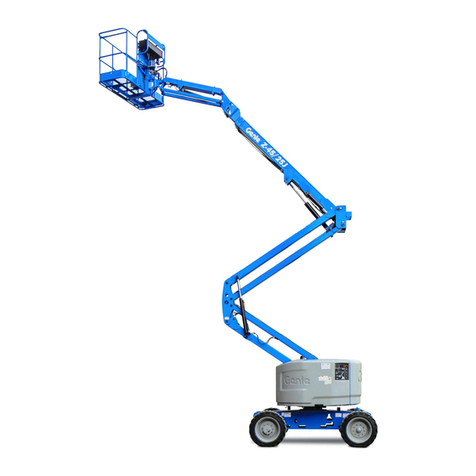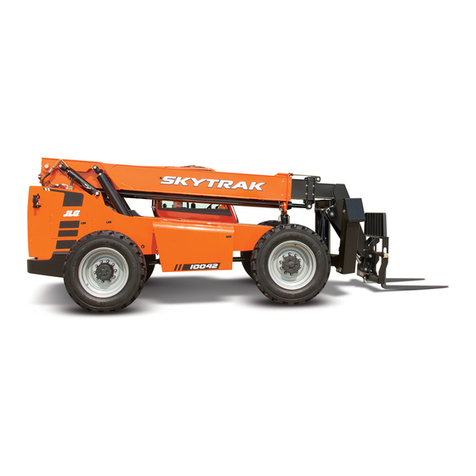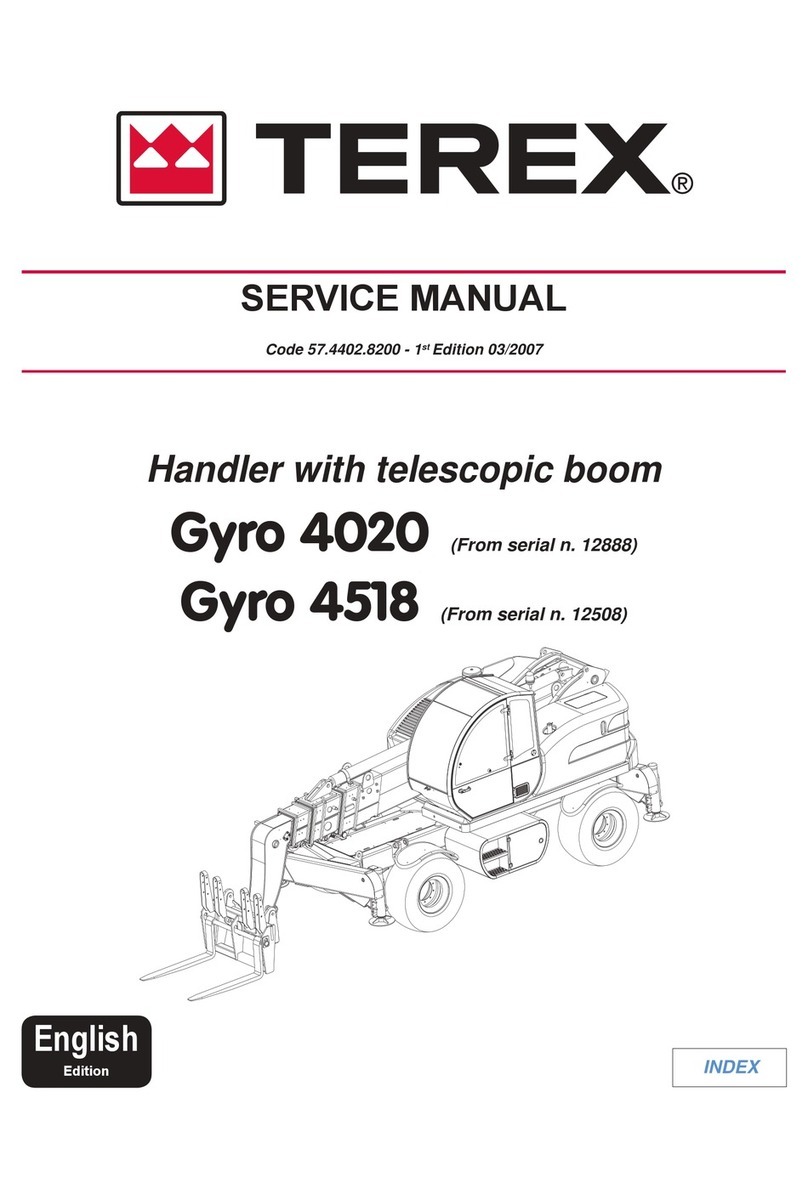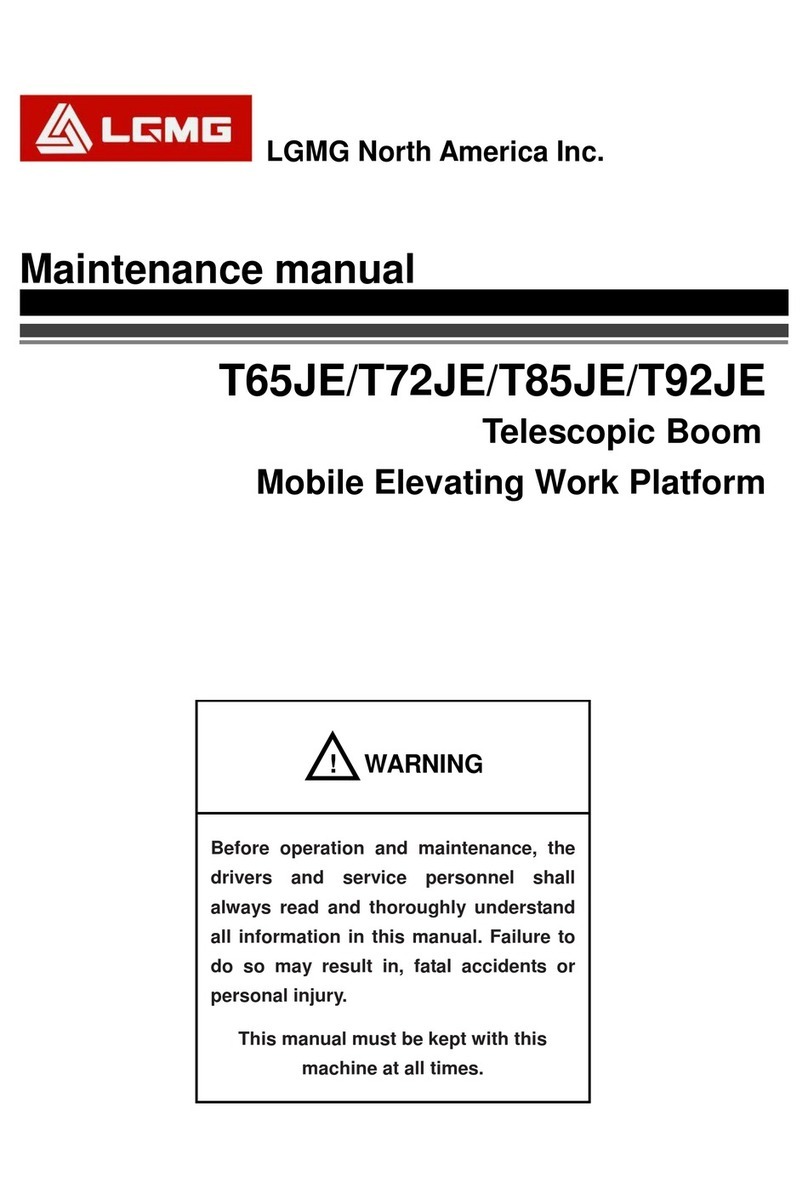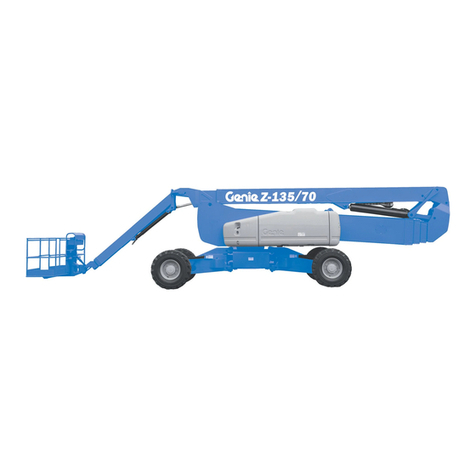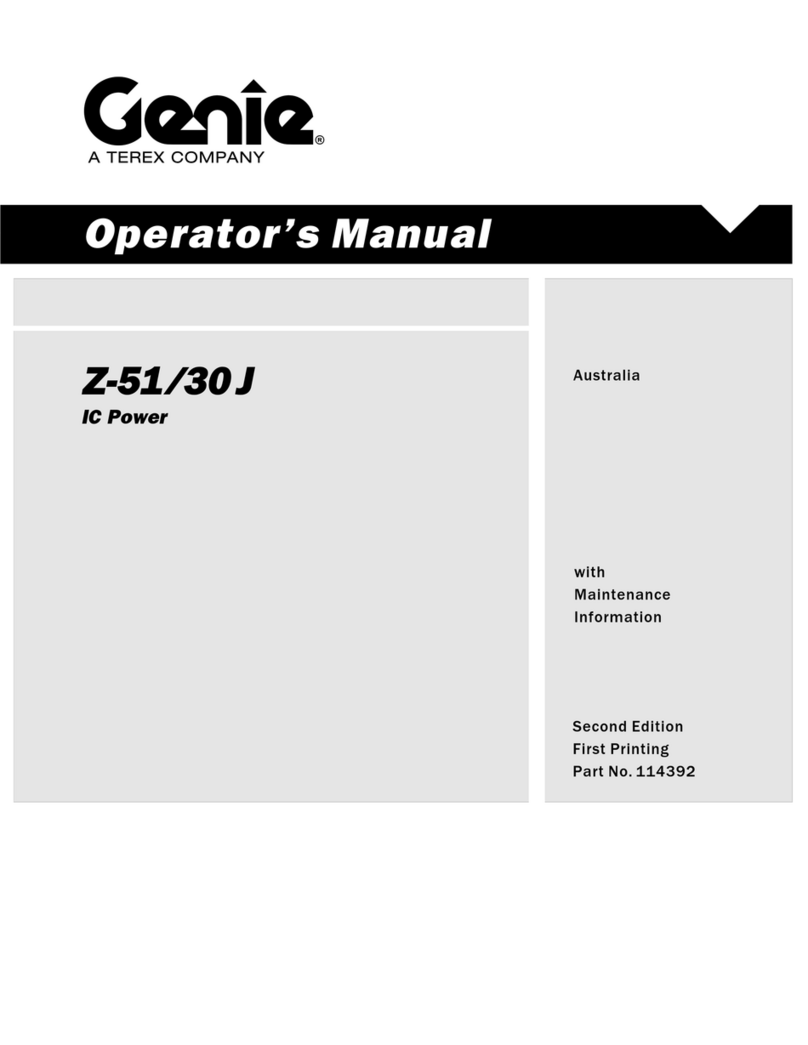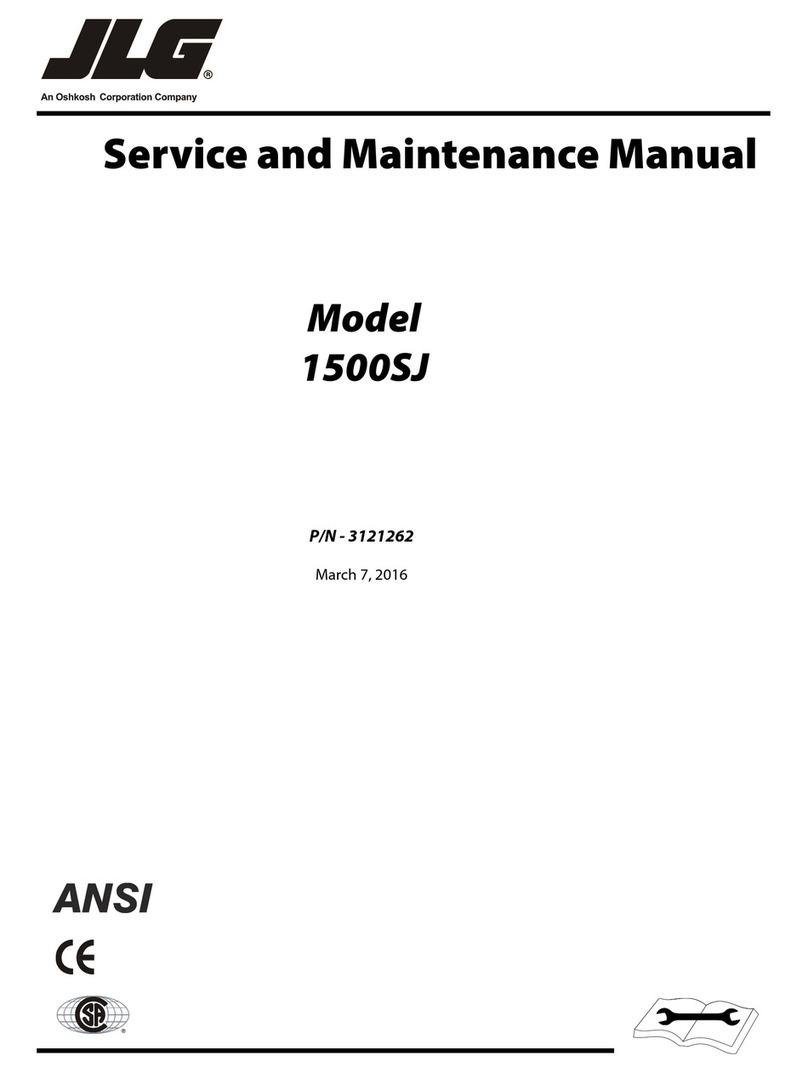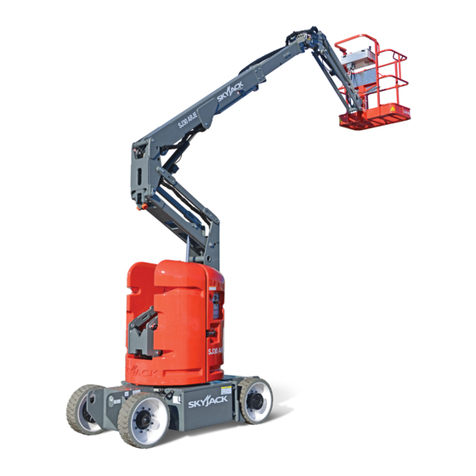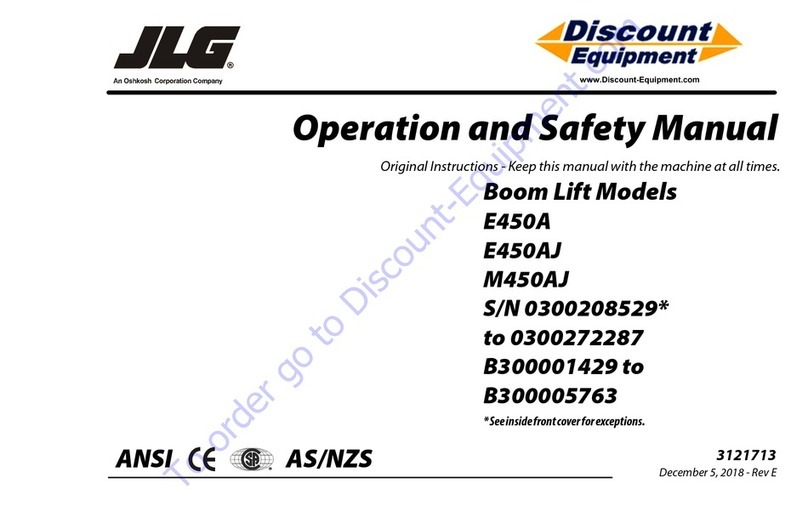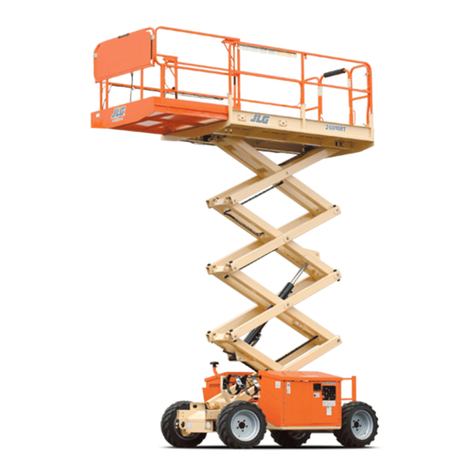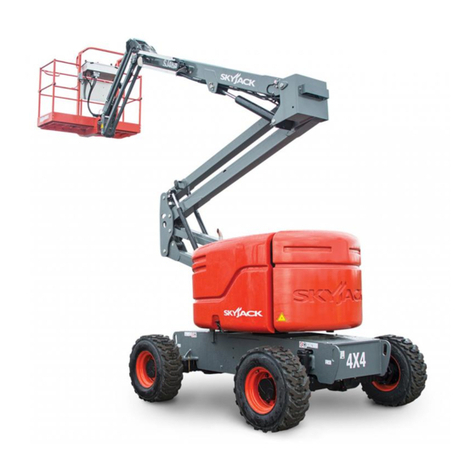
Table of Contents
460SJ – 1433685
Chapter 7 – Prestart Inspection
Operator’s Manual Holder ........................................31
Engine ......................................................................31
Oil Level ................................................................31
Coolant..................................................................31
Radiator ................................................................32
Fuel Tank...............................................................32
Fuel Line ...............................................................32
Electrical System......................................................32
Battery Terminals ..................................................33
Cables and Wiring Harness ..................................33
Hydraulic System......................................................33
Fluid Level.............................................................33
Fluid Filter .............................................................33
Hoses, Tubes, and Fittings ...................................33
Tires and Wheels......................................................34
Lower Control Station...............................................34
Operating Controls................................................34
Emergency Stop ...................................................35
Emergency Power.................................................35
Diagnostic Center Display ........................................35
Emergency Lowering................................................35
Flashing Lights .........................................................35
Structures .................................................................36
Weldments ............................................................36
Boom Slide Pads ..................................................36
Fasteners ..............................................................36
Upper Control Station...............................................36
Guardrail System ..................................................36
Fall Protection Anchors .........................................37
Operating Controls................................................37
Emergency Stop ...................................................38
Emergency Power.................................................38
Horn Switch...........................................................38
Snorkel Guard.......................................................38
Electrical Power Outlet..........................................38
Level Sensor.............................................................39
Panel Carrier ............................................................39
All Motion Alarm........................................................39
Sandblast Protection Kit ...........................................39
Air Line to Platform...................................................39
Driving and Platform Work Lights.............................39
Tow Kit......................................................................39
Platform Glazier Package.........................................40
Platform Welder........................................................40
Drive Motion Alarm ...................................................40
Placards and Decals.................................................40
Prestart Inspection Checklist....................................45
Inspection and Maintenance Schedules...................46
Chapter 8 – Operation
Cold Weather Start-Up .............................................47
Hydraulic System Cold Weather Warm-Up .............47
Hydraulic System Warm-Up Switch ......................47
Manually Warming The Hydraulic System ............47
Preparing for Operation............................................48
Lower Controls .........................................................48
Upper Controls .........................................................48
Engine Speed Switch............................................49
Boom Operation....................................................49
Jib and Boom Simultaneous Operation ................49
Dual Platform Capacity System ............................49
Driving and Steering .............................................50
Drive Speeds ........................................................51
Pivoting Front Axle....................................................51
Machine in Stowed Position..................................51
Machine Not in Stowed Position ...........................51
Boom and Turntable Position/Axle and Drive Speeds..51
Drive Motion Alarm ...................................................51
Boom/Drive Cut-out..................................................51
Platform Overload Sensing System..........................51
Snorkel Guard ..........................................................52
Override Switch ........................................................52
Gradeability ..............................................................52
Percent vs. Degree of Slope .................................53
Driving on a Slope.................................................53
Calculating Percent Grade....................................53
Machine Gradeability ............................................54
Electrical Power Outlet .............................................54
AC Generator ...........................................................54
Panel Carrier ............................................................54
Platform Capacity..................................................54
Air Line .....................................................................55
Driving Lights............................................................55
Platform Work Lights ................................................55
Platform Glazier Package.........................................55
Platform Capacity..................................................56
Platform Welder........................................................56
Platform Capacity..................................................56
After Use Each Day..................................................56
Chapter 9 – Stowing and Transporting
Stowing.....................................................................57
Transporting .............................................................57
Driving...................................................................57
Winching ...............................................................58
Hoisting .................................................................58
Securing for Transport ..........................................59
Storage.....................................................................60
Chapter 10 – Emergency Operation....... 61
Emergency Power System .......................................61
Lower Controls .........................................................61
Upper Controls .........................................................61
Override Switch ........................................................62
Emergency Lowering................................................62
Towing ......................................................................63
Chapter 11 – Troubleshooting
Troubleshooting Chart ..............................................65
Appendix A – Glossary
Appendix B – EC Declaration of Conformity
Appendix C – Inspection Checklists
Limited Warranty

